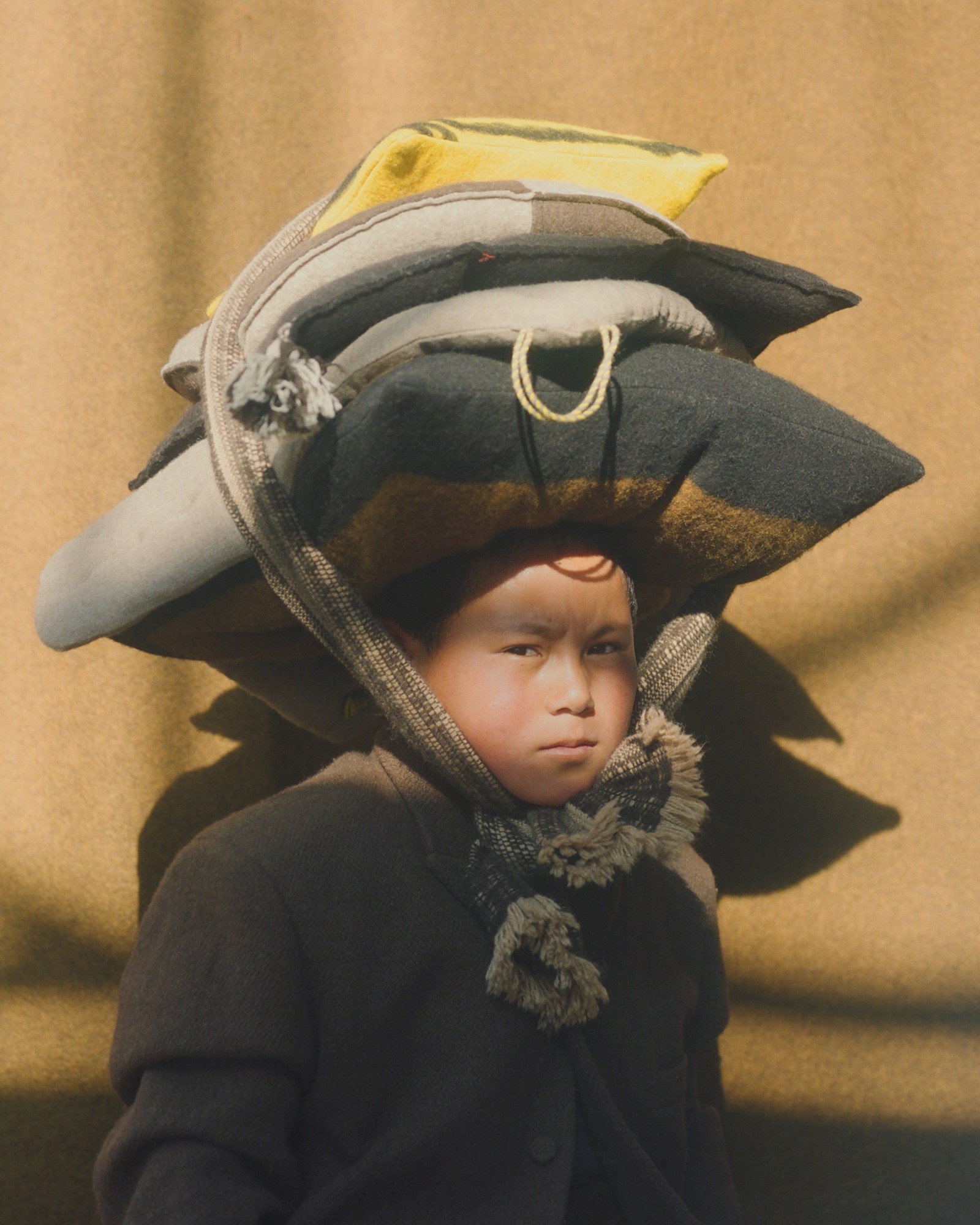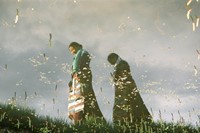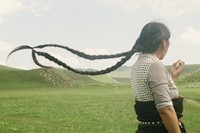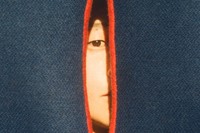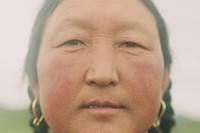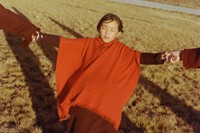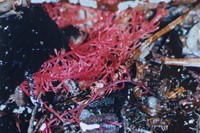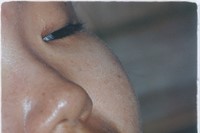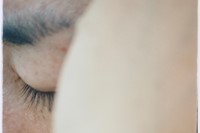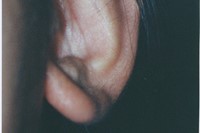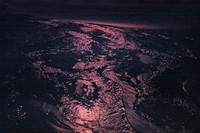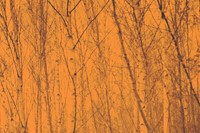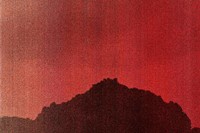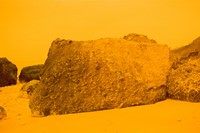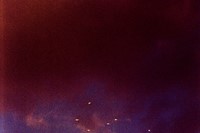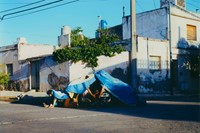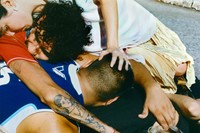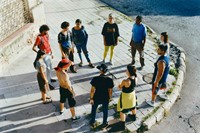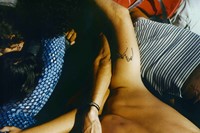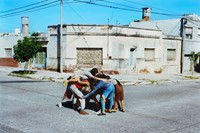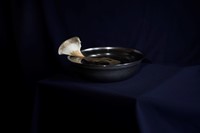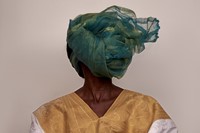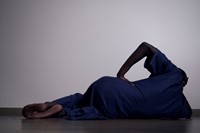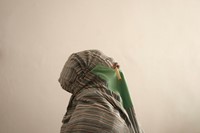The 38th edition of the International Festival of Fashion, Photography and Accessories opens today in Hyères. Held annually at the villa Noailles on the south coast of France, the festival has supported new international talent in fashion design and photography since 1986. This year, I was invited to be part of the photography prize jury by the president and 2017 Hyères Prix du Public winner – photographer Luis Alberto Rodriguez. The jury, including stylist Carlos Nazario, Marni creative director Francesco Risso and artist Paul Mpagi Sepuya met in Paris earlier this year to select ten finalists who are each presenting work at the festival.
Here, AnOther presents a preview of some of the finalists, while the winner of the 7L Photography Grand Jury Prize will be announced at the awards ceremony on Sunday.
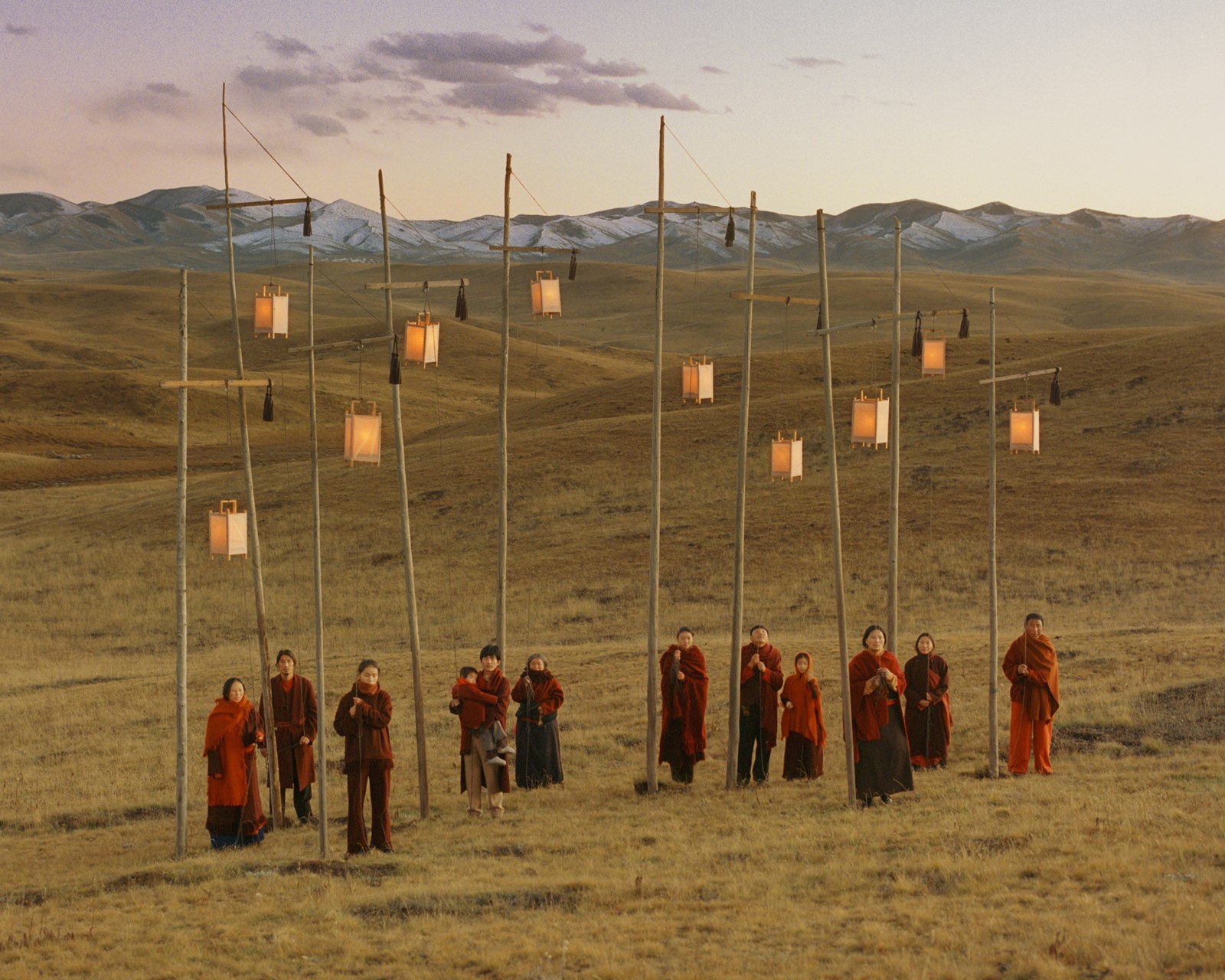
Dyal Thak by Kin Chan Coedel
Originally from Hong Kong, Kin Chan Coedel now splits his time between Paris and Shanghai, shooting for publications including T China, Numéro and Y Magazine. At Hyères, Coedel is showing his personal project Dyal Thak, which translates to mutual ties or common thread in Tibetan. According to Coedel, “This photo series captures the resilience of Tibetan nomads as they navigate economic and social changes. It illuminates the unique beauty and harmony of Tibetan communities, with a focus on Ritoma, where craftswomen preserve traditional textile-making while embracing sustainability.”
The festival holds a special significance for Coedel, as he assisted a fashion design finalist there a decade ago. It is this background in textile design that drew him to Tibet in 2021. “A serendipitous opportunity led me to Tibet, where I immersed myself in the world of yak khullu (or yarn) and fell in love with its culture, landscapes, and people,” he says. “Subsequently, I revisited various villages and communities to delve deeper into the traditions and lives intertwined with yak wool harvesting.”
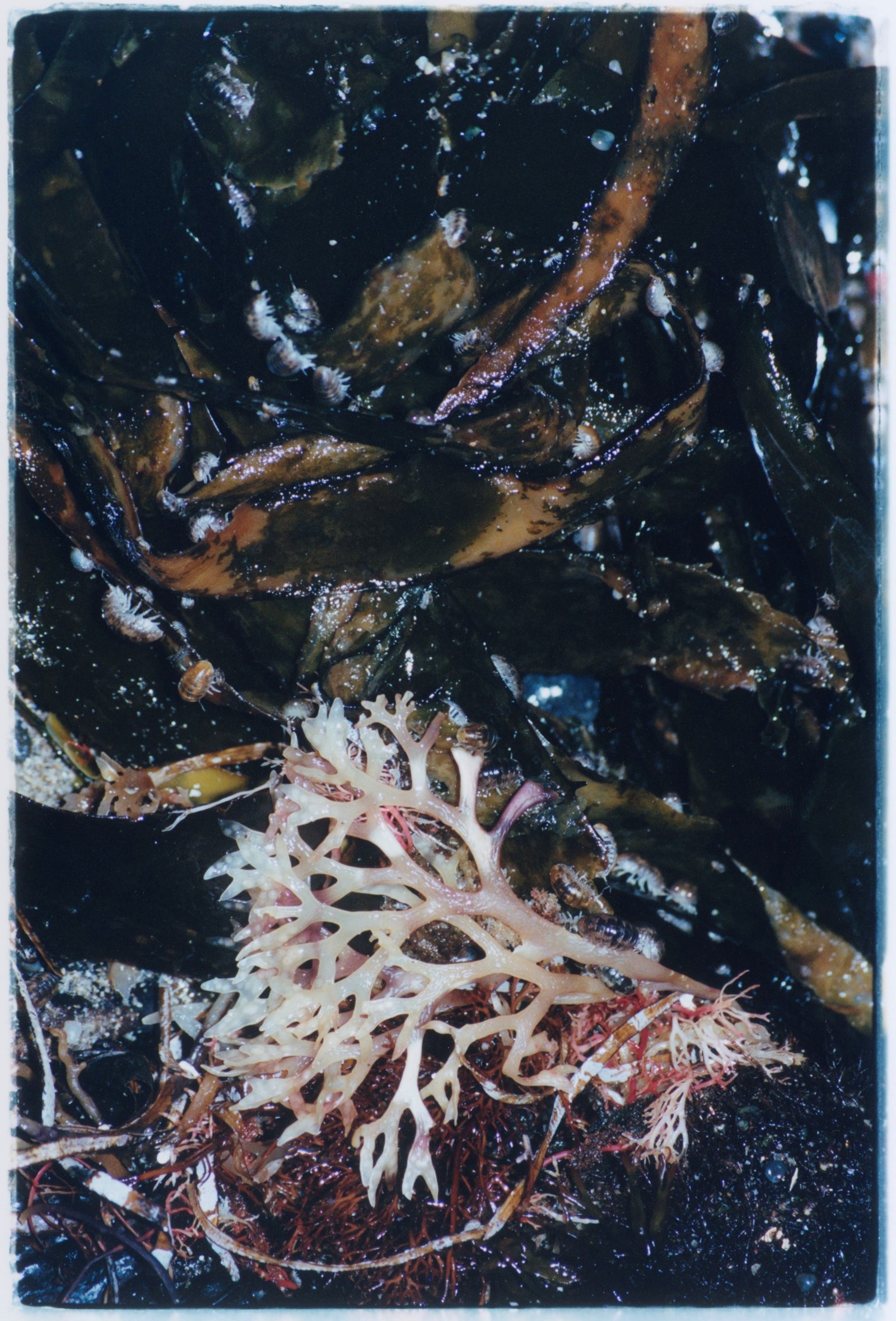
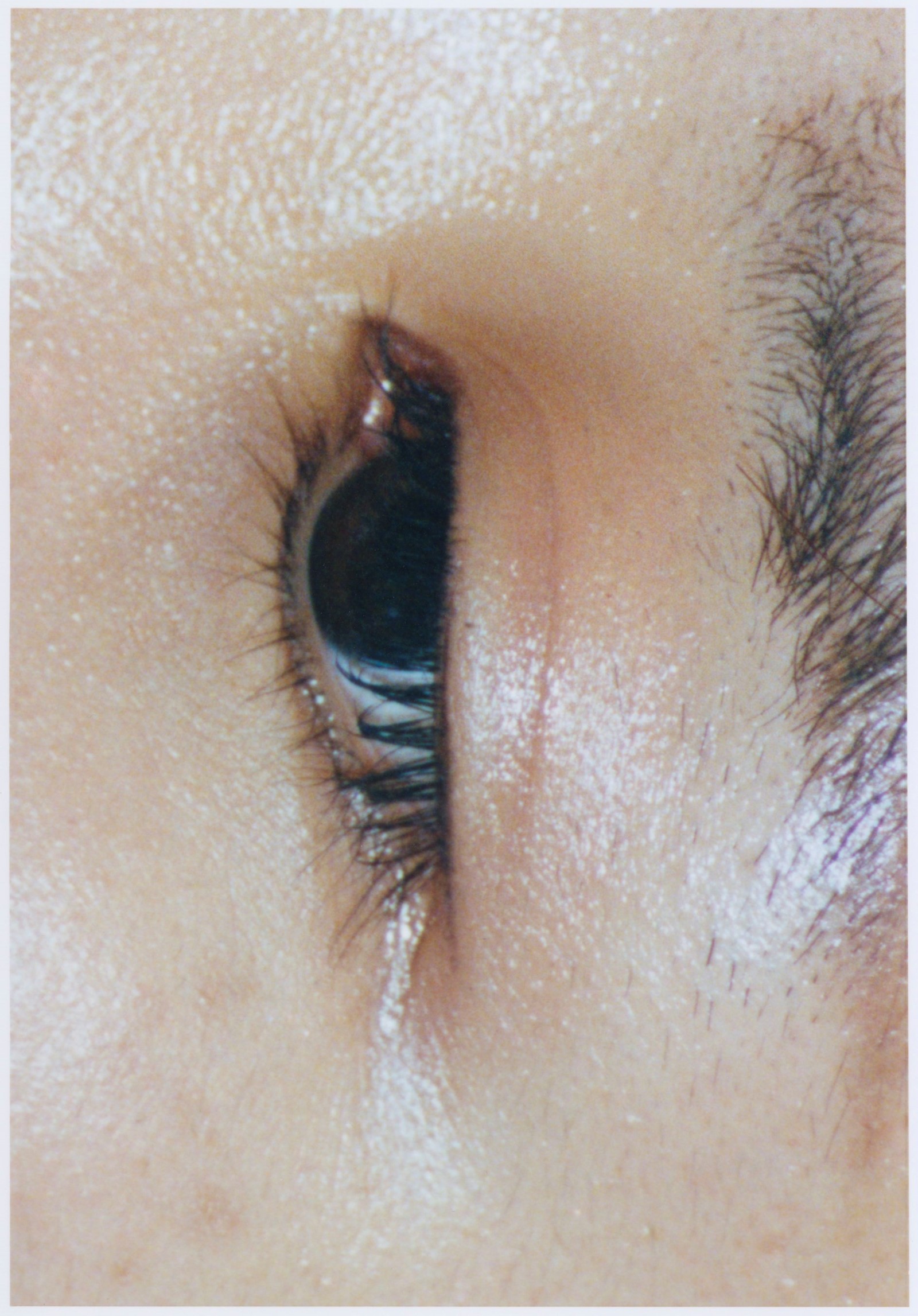
tempête après tempête by Rebekka Deubner
Fukushima prefecture in Japan is the site for French-German photographer Rebekka Deubner’s project tempête après tempête (storm after storm). Deubner’s project explores the bodies that constitute the Fukushima landscape: animals, plants, humans. “The coast has been turned upside down by the tsunami and nuclear disaster in 2011, forcing the village communities to be separated and sent to different areas and for most of the people it was a life-changing experience,” she says. “I attempted to put all these changes into images but on a very personal and infra-thin scale.”
Portraits of seven young people are juxtaposed alongside close-up photographs of the beach south of the power plant. “Before 2011, locals came here to collect the rich deposits of seaweed for cooking and make fertiliser out of them, and the beach was always clean thanks to them. No one comes to collect anymore because there is always a suspicion they might be radioactive,” she says. “Now they pile up in multi-coloured, protean heaps, feeding swarms of sowbugs at night.”
For Deubner, Hyères seems to be a “meaningful destination for this project” – she is glad it will be exhibited with projects such as Thaddé Comar’s work on the protests in Hong Kong. “Recently I read this quote from Ryuichi Kaneko, a Japanese photographer who is part of the Provoke movement: ‘If I can change my state of mind, if I can change myself, then my photographs can change whoever observes them.’ This hope, this intention, gives meaning to the way my practice evolves to more committed subjects with time.”
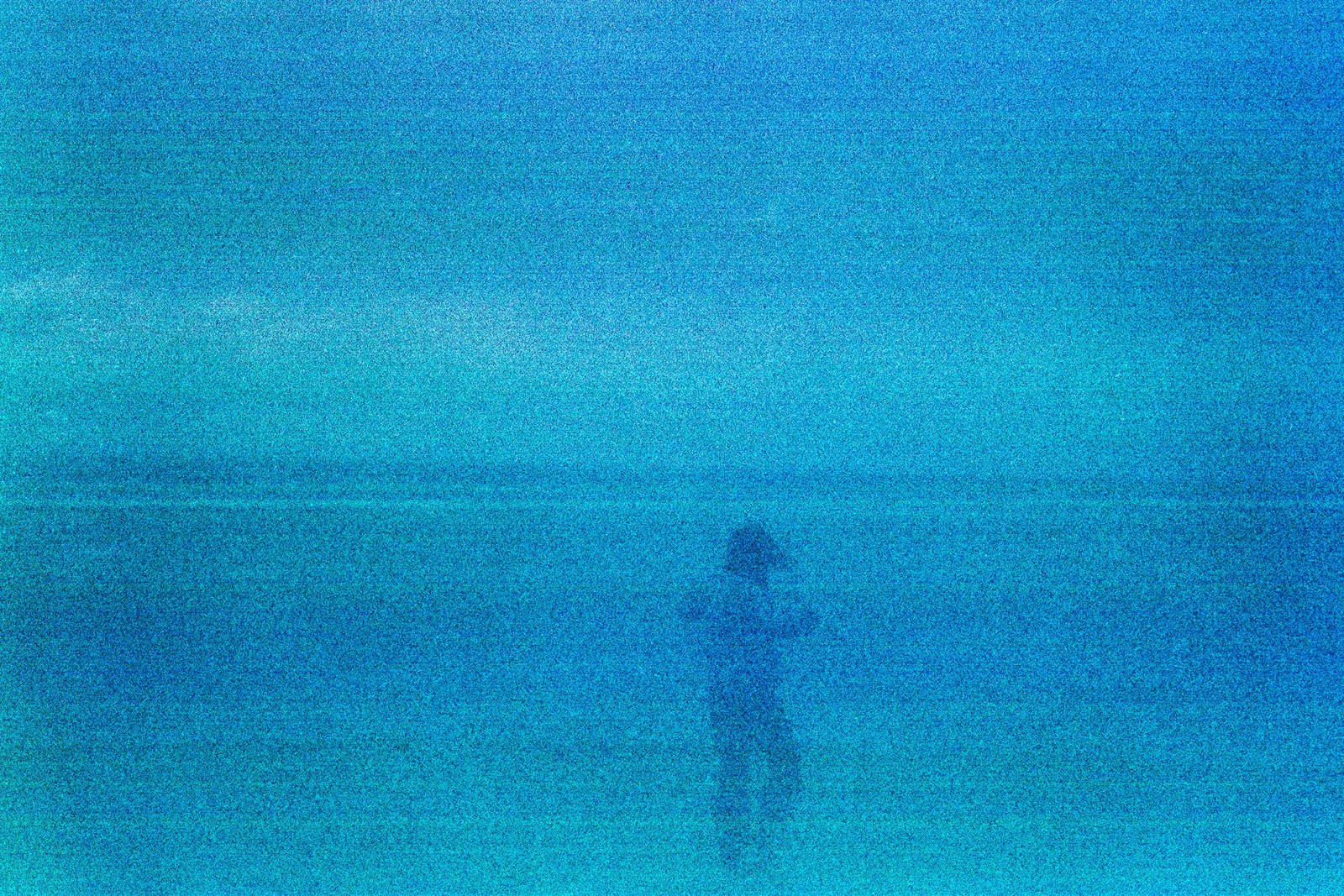
Ses Disparitions Successives by Clara Chichin
Ses Disparitions Successives (His Successive Disappearances) by French photographer Clara Chichin “offers visions and the experience of landscape”. Produced during an artist residency in Deauville, Normandy, Chichin would take long walks along the coast between Houlgate and Villerville. “My peregrinations were constrained by the rhythm of the tides – I had to wait for the sea to recede,” she says. “Sometimes I walked on the sandy beaches, sometimes on the hills formed by the clay, mud, and limestone cliffs; among the wild vegetation – like a hinterland.”
It was a love of discovering new territory that motivated Chichin to make this work. As she explained to me, “It was an opportunity for me to share this sensitive experience. It was also a question of proposing new points of view, a new position for the gaze, notably with games of scale and distant/close-up views. Through photography, I re-composed an imaginary space, accentuated by a particular chromatic palette.”
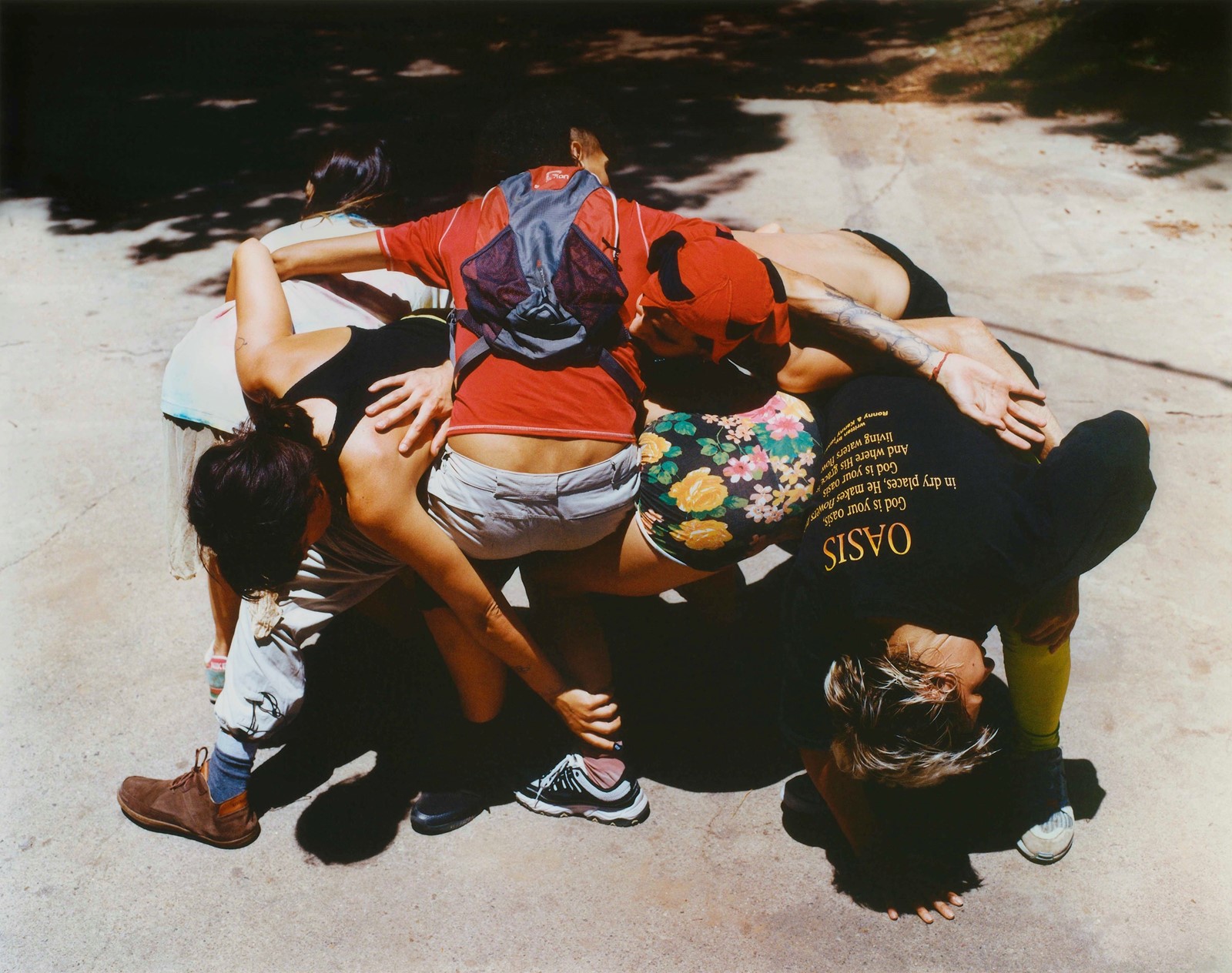
Red Humana (Human Network) by Naguel Rivero
Argentinian photographer Naguel Rivero returned to his home city of Córdoba to make his as yet unpublished project Red Humana (Human Network), combining performance and photography in a technique that he calls “directing non-directing.” A group of eleven people, including his father, with no initial connection between them, formed an “amorphous chain that took on a life of its own moving through the streets.” Rivero then shot this trust exercise in real-time. “I adapted to the way the bodies communicated without intervening or directing,” he says.
Initially motivated by the question “do we rise or fall all together?” Rivero believes that the work transcends just the series of photographs. “It is a collective experience that takes on a life of its own,” he says. Being part of Hyères is a significant achievement for Rivero, who “has admired the festival for many years as it encourages artistic exchange and a dialogue between art and fashion in a very unique way.”
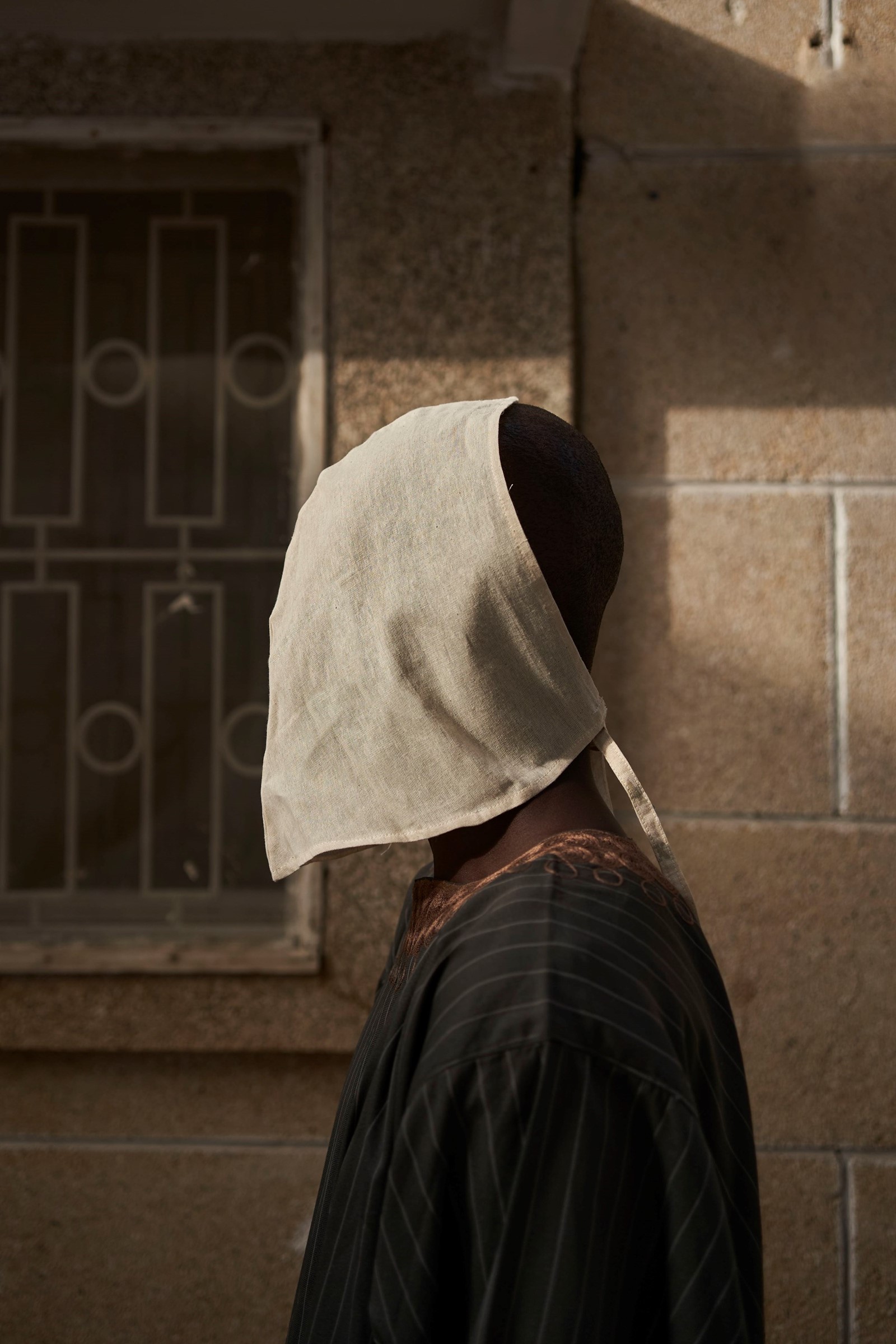
Sutura, la voix silencieuse des hommes (Sutura, the silent voice of men) by Souleymane Bachir Diaw
This series by Souleymane Bachir Diaw initially began through conversations with friends about the meanings and implications they attach to the concept of ‘sutura’. “As a Wolofised Arabic concept also used in various languages around Senegal, the word speaks of values of discretion, of ‘keeping up appearances,’” he says. Relating this to the behaviour of men seemed necessary to Diaw, based on his own feelings of “needing to share as much as possible,” but the “fear of appearing vulnerable was shutting me up.”
Diaw sources clothing from his native Senegal to stage a conversation with the bodies and objects. “It appears to me that these men’s clothing often goes against ‘masculinity’. While indeed covering the body perfectly and providing status, they always show, reflect, leave the imprint of more than they should,” he says.
